Table of Content
- What Type(s) of Data Do You Want to Capture?
- How Do IoT Sensors Work?
- How Do Microcontrollers Perform Signal Processing?
- How Do IoT Sensors Communicate with Microcontrollers?
- How Do IoT Sensors and Applications Send and Receive Messages?
- What Are the Most Common Types of IoT Sensors?
- Top IoT Sensors
- Krasamo Works With Key Technologies
Data is the new oil for digital businesses, as the adage goes. So how do you capture real-time data from the physical world?
Creating digital products requires physical objects embedded with sensors that are then connected to the internet. Sensors create signals that are interpreted and used by IoT systems
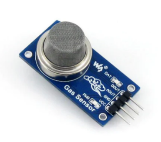
Therefore, sensors are an essential part of IoT products in many industries and require careful selection as they help to measure and control the properties of assets and facilities (environments). IoT sensors are at the first or bottom layer of the IoT stack.
What Type(s) of Data Do You Want to Capture?
Innovation leaders with business knowledge develop ideas for new products, process improvements, or ways to solve problems. Then they define the type of data needed and create an IoT use case, such as air quality, retail store occupancy, vehicle traffic monitoring, people flow, perimeter control, temperature, humidity, energy consumption, asset tracking, etc.
For example, if you want to know the temperature in all the hotel rooms and adjust it to optimize energy consumption, you must install temperature sensors. A system will ingest and analyze the data and trigger actions without human intervention.
Sensors transmit data through a communication network that connects IoT edge and gateways and goes to a platform where the data system collects, processes, and analyzes the data. Once you have the data, you can create workflows and pipelines that feed analytics systems, machine learning models, and AI applications.
How Do IoT Sensors Work?
IoT sensors have principles of operation that measure and detect changes in properties such as electrical resistance, capacitance, light intensity, magnetic fields, electrical signals, etc. Such changes are detected and converted to optical or electrical signals, generating an output processed by the microcontroller.
Microcontrollers convert analog signals to digital signals, such as a voltage signal to a digital value representing the data. These signals are processed to extract information, analyze, and generate an output sent to the IoT platform.
The output generated is used by other systems that perform actions, control, or interact with other devices. For example, if a factory machine malfunction is detected, this signal may stop other machines until corrections or modifications are made.
How Do Microcontrollers Perform Signal Processing?
You want to capture data from IoT sensors to solve problems, save money, and/or create an innovative product. So, the system must process the signals and extract the information with a few techniques, such as filtering for removing frequency components, extracting frequency components, reducing random noise, transforming to other scales, or using algorithms to extract features and patterns (feature engineering). These techniques depend on the type of IoT sensor and the IoT application.
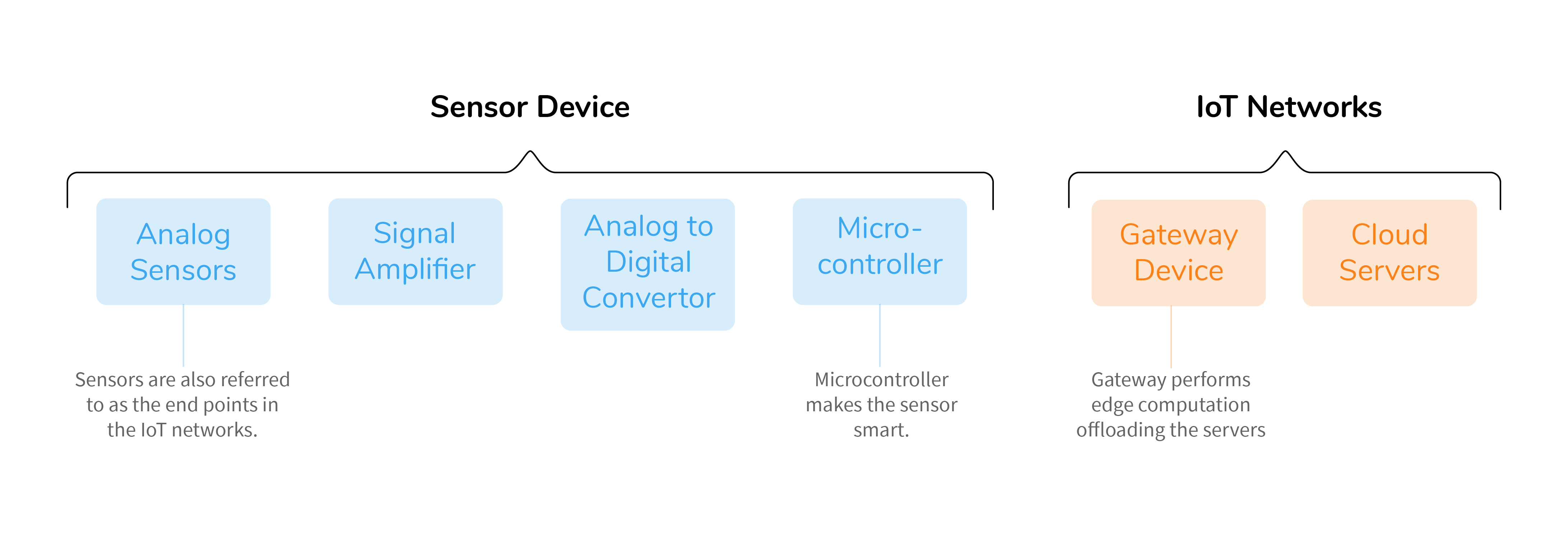
How Do IoT Sensors Communicate with Microcontrollers?
IoT sensors communicate through communication protocols and compatibility with the platform, manufacturer specifications, etc. Communication protocols are lower level and define how devices connect, establishing the physical and logical connection between IoT devices
- I2C (Inter-Integrated Circuit) (synchronous)
- SPI (Serial Peripheral Interface) (synchronous)
- Wireless Protocols
- Short Range (Bluetooth, Wi-Fi, Matter)
- Long Range (Zigbee, LoRa, Cellular)
- UART (Universal Asynchronous Receiver-Transmitter) (asynchronous)
How Do IoT Sensors and Applications Send and Receive Messages?
Messaging protocols are higher-level protocols in the application layer offering defined mechanisms for exchanging messages between devices.
MQTT (Message Queuing Telemetry Transport) is a lightweight publish/subscribe messaging protocol commonly used to securely connect and share data between IoT sensors/devices, cloud computing, and applications. MQTT requires minimum bandwidth and is ideal for IoT devices with limited resources.
What Are the Most Common Types of IoT Sensors?
IoT sensors are classified as active (external stimulation) or passive, analog, or digital. A single component or a module with a built-in microcontroller measures different things, such as temperature, pressure, light, distance, etc.
IoT sensors also use different technologies, such as images, light, magnets, infrared, touch sensing, ultrasonic, sonar, and many more.
There are miniature sensors built using MEMS (Microelectromechanical Systems) that are highly sensitive and measure the physical, biological, or chemical properties of particular environments. For example, some MEMS sensors are accelerometers, gyroscopes, and pressure sensors.
Top IoT Sensors
Although we have mentioned some of these sensors throughout this paper, you can see a curated list of the top IoT sensors below:
- Pressure sensors
- Temperature sensors
- Image sensors
- Gas Sensors
- Humidity Sensors
- Optical Sensors
- Proximity Sensors
- Motion Sensors
- Infrared (IR) Sensors
- Smoke Sensors
- Gyroscopic sensors
- Acceleration sensors
- Chemical sensors
- Water quality sensors
- Level sensors
Krasamo Works With Key Technologies
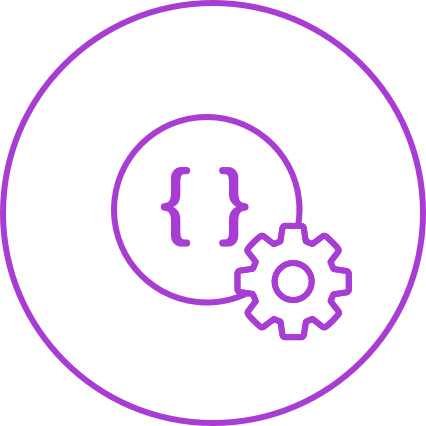
C/C++

Linux
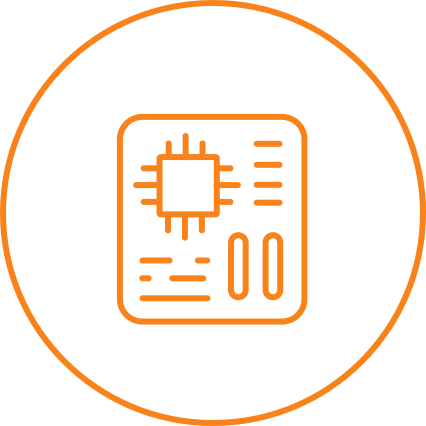
Board Support Package (BSP)

Rust (Language)
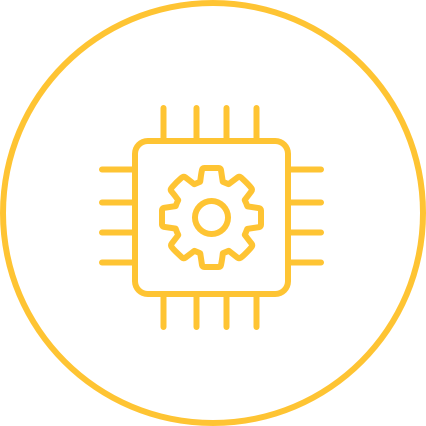
FreeRTOS

Bluetooth/BLE

BLE Mesh
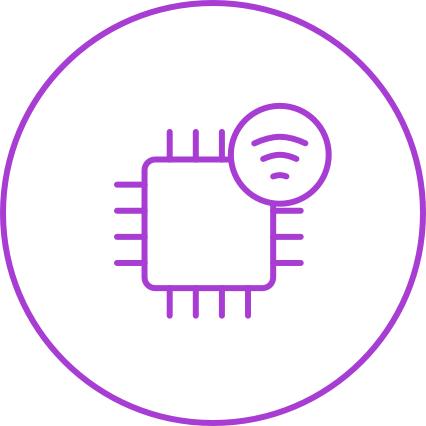
Embedded Wi-Fi

Flutter Apps

Dart

Serial Peripheral Interface (SPI)
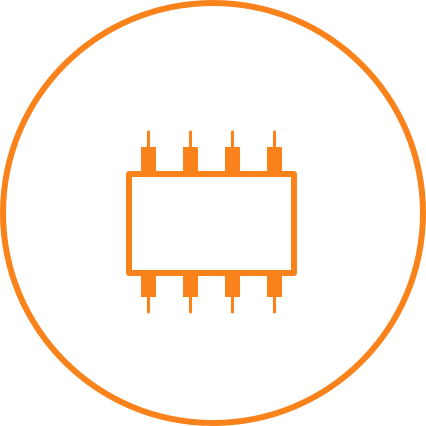
I²C I2C Protocol
Krasamo is an IoT development company based in Plano, Texas, with more than 12 years of experience in IoT projects in industrial and consumer markets.
Krasamo serves the IoT technology market and has participated in strategic developments collaborating with many medium to large US clients.
Learn more about IoT consulting services with Krasamo today.









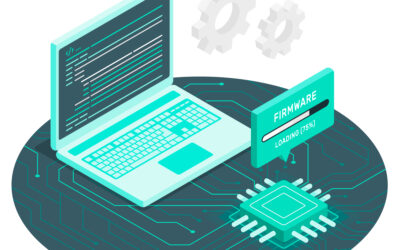

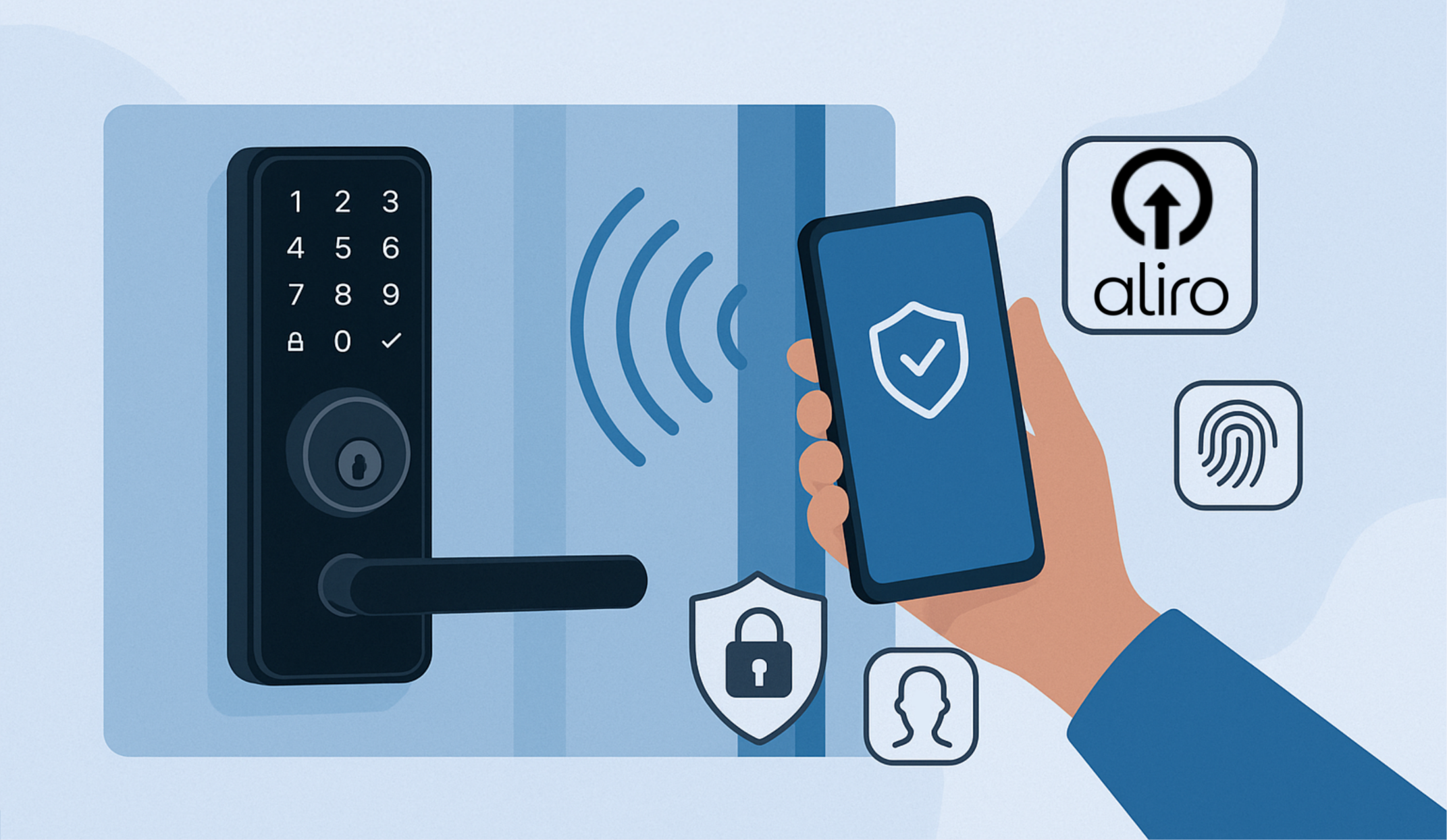
Hey there! Can someone explain how data from IoT sensors is securely transmitted? 🤔
Secure transmission of data from IoT sensors is achieved through various communication protocols, such as MQTT (Message Queuing Telemetry Transport). This lightweight protocol enables secure and efficient exchange of messages between devices, cloud computing, and applications. It’s ideal for IoT devices with limited resources, making it a popular choice for real-time data capture in various industries.
No worries about the security of IoT sensor data transmission! 😊 It’s actually quite secure when using protocols like MQTT (Message Queuing Telemetry Transport) which is a lightweight publish/subscribe messaging protocol commonly used for IoT devices with limited resources. This ensures that data is transmitted securely between sensors/devices and cloud computing, reducing bandwidth requirements in the process. If you’re looking into implementing IoT solutions, consider seeking out internet of things consulting to get expert advice on setting up a secure network!
Hey there! 😊 Data from IoT sensors is securely transmitted using communication protocols like MQTT, which is a lightweight and widely-used publish/subscribe messaging protocol. This ensures that data is sent and received between devices with minimal bandwidth usage, making it perfect for resource-constrained IoT devices. 🤖 IoT sensors transmit data through a secure network connection to the cloud or local server, where it’s processed and analyzed in real-time. 💻
I think data from IoT sensors is securely transmitted through MQTT protocol, it’s a lightweight messaging system that minimizes bandwidth usage and ideal for devices with limited resources like those used in iot sensors. It’s easy to understand and use.
I feel you! Secure data transmission is a major concern when it comes to IoT sensors. According to the article, messaging protocols like MQTT are commonly used for secure communication between devices and platforms. It’s essentially a lightweight publish/subscribe protocol that’s perfect for IoT devices with limited resources. If you’re considering internet of things consulting or implementing IoT solutions, I’d recommend exploring more about secure data transmission in your project!
Youre forgetting about some key considerations when implementing these protocols in real-world internet of things consulting projects. Need more substance.
I’m loving this post! Can you elaborate on sensor integration for iot consulting projects?